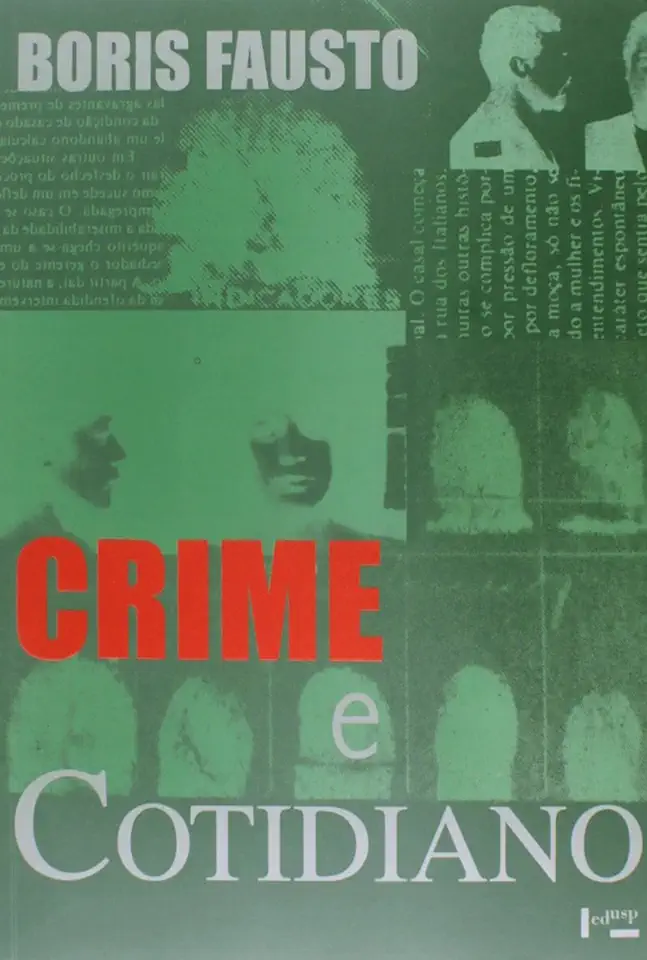
Crime and Everyday Life - Boris Fausto
Crime and Everyday Life: A History of Violence in Brazil
Introduction
In his groundbreaking book, Crime and Everyday Life, Boris Fausto offers a comprehensive and thought-provoking history of violence in Brazil. Drawing on a wide range of sources, including police records, court documents, newspapers, and oral histories, Fausto argues that violence has been a central feature of Brazilian society since the colonial period.
The Colonial Period
During the colonial period, violence was a tool of social control used by the Portuguese authorities to maintain order and suppress dissent. The Portuguese also used violence to exploit the indigenous population and African slaves. As a result, violence became deeply ingrained in Brazilian society.
The 19th Century
In the 19th century, violence continued to be a major problem in Brazil. The country was plagued by banditry, slave revolts, and political violence. The most famous example of political violence was the Canudos War, which lasted from 1896 to 1897 and resulted in the deaths of thousands of people.
The 20th Century
The 20th century saw a continuation of violence in Brazil. The country experienced a military dictatorship from 1964 to 1985, during which time the military used violence to suppress political dissent. In the 1990s, Brazil saw a rise in drug trafficking and gang violence. Today, Brazil is one of the most violent countries in the world.
The Causes of Violence in Brazil
Fausto argues that there are a number of factors that have contributed to the high levels of violence in Brazil. These factors include:
- Poverty and inequality: Brazil is a highly unequal society, with a large gap between the rich and the poor. This inequality has led to social tensions and conflict, which have often erupted into violence.
- Lack of education and opportunity: Many Brazilians do not have access to education or job opportunities. This lack of opportunity has led to frustration and anger, which can sometimes manifest itself in violence.
- The legacy of slavery: The legacy of slavery has had a profound impact on Brazilian society. Slavery created a culture of violence and brutality that has persisted to this day.
- The drug trade: The drug trade is a major source of violence in Brazil. Drug trafficking organizations are often involved in violent conflicts with each other and with the police.
The Impact of Violence on Brazilian Society
Violence has had a devastating impact on Brazilian society. It has led to:
- High levels of fear and insecurity: Brazilians live in constant fear of violence. This fear has a negative impact on their quality of life and makes it difficult for them to go about their daily lives.
- Social breakdown: Violence has led to the breakdown of social trust and cohesion. Brazilians are less likely to trust each other or to cooperate with each other. This has made it difficult for the country to develop and progress.
- Economic stagnation: Violence has also had a negative impact on the Brazilian economy. It has made it difficult for businesses to operate and has discouraged investment. As a result, Brazil has been unable to reach its full economic potential.
Conclusion
Crime and Everyday Life is a powerful and disturbing book that offers a unique perspective on the history of violence in Brazil. Fausto's book is a must-read for anyone who wants to understand the challenges facing Brazil today.
Call to Action
If you are interested in learning more about the history of violence in Brazil, I highly recommend reading Crime and Everyday Life. This book is a valuable resource for anyone who wants to understand the challenges facing Brazil today.
Enjoyed the summary? Discover all the details and take your reading to the next level — [click here to view the book on Amazon!]